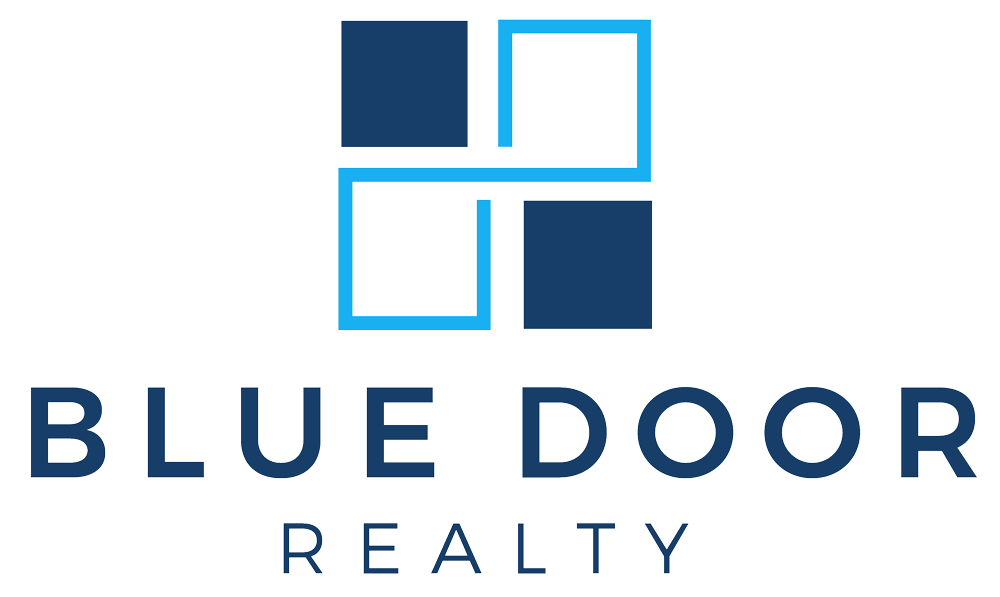Running an effective Board Meeting during a Pandemic
Board meetings are the way that HOAs and condos conduct the business of the association but what happens when you can’t meet as usual? The Covid pandemic has changed how Boards conduct business and many are struggling to feel connected to members and their fellow board members. With rules about more than 5 people being in a space at the same time and rules about open board meetings in conflict, Boards are understandably confused on how to meet all the requirements of both the state and the association. They is fear about keeping everyone safe.
One of my biggest tasks is to stay on top of industry trends, state and federal law, and emerging issues in HOA management. As a part of that responsibility, I speak with attorneys and attend industry specific training as often as possible. The pandemic has all of us struggling to adapt and find new ways to manage the business that needs to be done.
Fortunately, the Governor has addressed the need for associations to conduct business while still having transparency with their members. By executive order, she is allowing Boards to conduct meetings virtually even if their governing documents prohibit it. While she doesn’t specifically address notification or how to allow members to attend, the expectation of the members is still the same: they want to participate. How does an association make this happen?
At Blue Door, we are utilizing virtual meeting software to conduct business. Whether it’s a regular board meeting or an executive meeting, we are able to discuss and review information that is necessary to run the association. Most board members have access to a computer and internet to participate but even those that don’t, can participate by phone. For board meetings, members can still attend via computer or phone to listen in. We are still including a portion of the meeting to address member questions or concerns. It is more difficult because of the absence of verbal or visual cues and members sometimes talk over each other but there are rules you can implement to make the process easier for all involved.
The best way to manage virtual board meetings is to create a policy and manage expectations. If all board members and members know what to expect, the experience is better for all involved. Most software will allow the host to mute members selectively. By muting the members, it allows the board members to conduct business as needed without interruptions or excessive background noise. Members are able to hear what is going on and ask questions via the chat box. This allows the host to moderate and control the flow of the meeting. When it’s time for open comment from members, the host can then unmute individual members based on them “raising their hand” in the chat box. If members receive instructions ahead of the meeting on how to participate and what to expect, the process is less frustrating.
In some ways, virtual meetings are more efficient and easier to control the flow. Materials can be shared by the host with the members during the meeting. Agendas can be emailed ahead of time as well as shared in the chat box. Additionally requested materials by the board or even the members can be posted by the manager as the meeting is progressing. If a member is unable to follow the rules or is disruptive, it is easy for the host to disconnect them or mute them so that others are able to participate without interruption.
As we move forward without knowing when we can go back to business as usual, we have technology to help us manage the tasks for the association. We may never go back to business as usual as we come up with new and better ways to communicate. By working with your management team and other board members, the association can continue to thrive and meet it’s goals even during a pandemic.
If you have questions or would like to see sample policies, please contact Melanie McLaughlin at melanie@bluedoorhomes.net or 505-389-4316.
